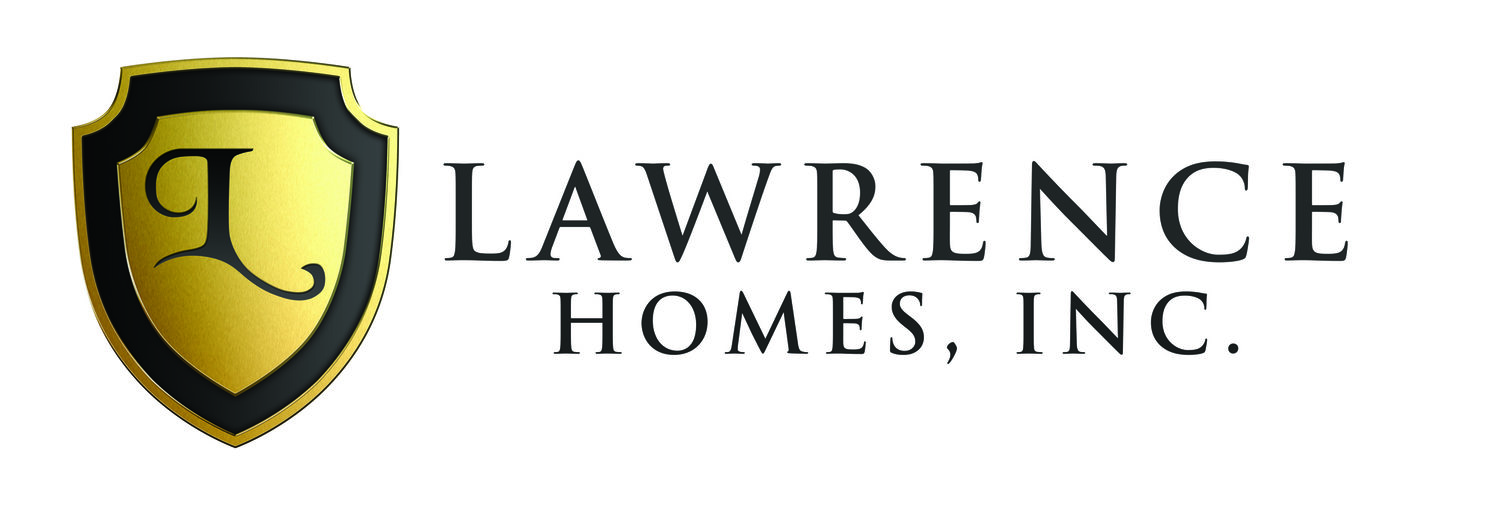Energy Star 3.0
To earn the ENERGY STAR, a home must be certified under Version 3 of the program requirements. There are two paths to certify a home to earn the ENERGY STAR. The Prescriptive Path is based on a predefined package of improvements, while the Performance Path is based on a customized package of upgrades. The National Program Requirements define the core energy efficiency specifications for both the Prescriptive and Performance Paths.
Both the Performance and Prescriptive Paths require completion of four inspection checklists:
Thermal Enclosure System Rater Checklist
HVAC System Quality Installation Rater Checklist
HVAC System Quality Installation Contractor Checklist
Water Management System Builder Checklist
These checklists include building science practices that promote improved comfort, indoor air quality, and durability in certified homes. The Inspection Checklists document contains the four checklists that every home certified under Version 3 must complete.
ENERGY STAR Certified Homes, Version 3 Cost & Savings Estimates is the official ENERGY STAR document that describes in detail the savings and perks of having an ENERGY STAR certified home.
Improving your home’s energy efficiency with ENERGY STAR can help to lower high energy bills, improve comfort and reduce greenhouse gas emissions. A new home that has earned the ENERGY STAR label has undergone a process of inspections, testing, and verification to meet strict requirements set by the US EPA. ENERGY STAR certified homes use 15-30% less energy than typical new homes while delivering better comfort, quality, and durability.
With ENERGY STAR, you know you’re making the right decision—for your wallet, for your family, and for the environment—bringing these important benefits:
Lower Utility Bills
By using less energy for heating, cooling, and water heating, ENERGY STAR certified homes deliver approximately 20% savings on annual utility bills. Over the 7 to 8 years that a typical family lives in a home, you can save thousands of dollars in maintenance cost.
Enhanced Performance
In ENERGY STAR certified homes, comfort is ensured with consistent temperatures between and across rooms; indoor air quality is enhanced by reducing dust, pollen, bugs, and excessive humidity; and durability is improved with comprehensive water protection, windows that block damaging sunlight, and better grade equipment.
Environmental Protection
The energy used in our homes often comes from the burning of fossil fuels at power plants. So, by using less energy to operate, ENERGY STAR certified homes help to prevent air pollution—an added benefit for today’s environmentally-conscious consumer looking for “green” choices.
Green Building
Green building refers to a structure and using process that is environmentally responsible and resource-efficient throughout a home’s life-cycle: from siting to design, construction, operation, and maintenance. This requires close cooperation of the design team, the architects, the engineers, and the client at all project stages. Here at LHI, we use strategies that significantly reduce harmful impacts on the environment caused by homes and the home construction process.
Because LHI takes such care in providing environmentally friendly homes, benefits such as reduced energy and water consumption, improved indoor air quality and increased durability and comfort are enjoyed by our homeowners. For you, this means significantly reduced utility bills, a comfortable, healthy home for your family and reduced maintenance costs.
Green materials and processes used in the construction of our homes include:
90% compact fluorescent lighting (CFL)
Low VOC emmission tile and paint
Carpeting made from recycled milk jugs
Insulation containing post-consumer recycled glass content
Drought tolerant plant materials
Advanced framing to reduce lumber usage and improve insulating efficiency
Other products containing recycled content and low VOC’s


